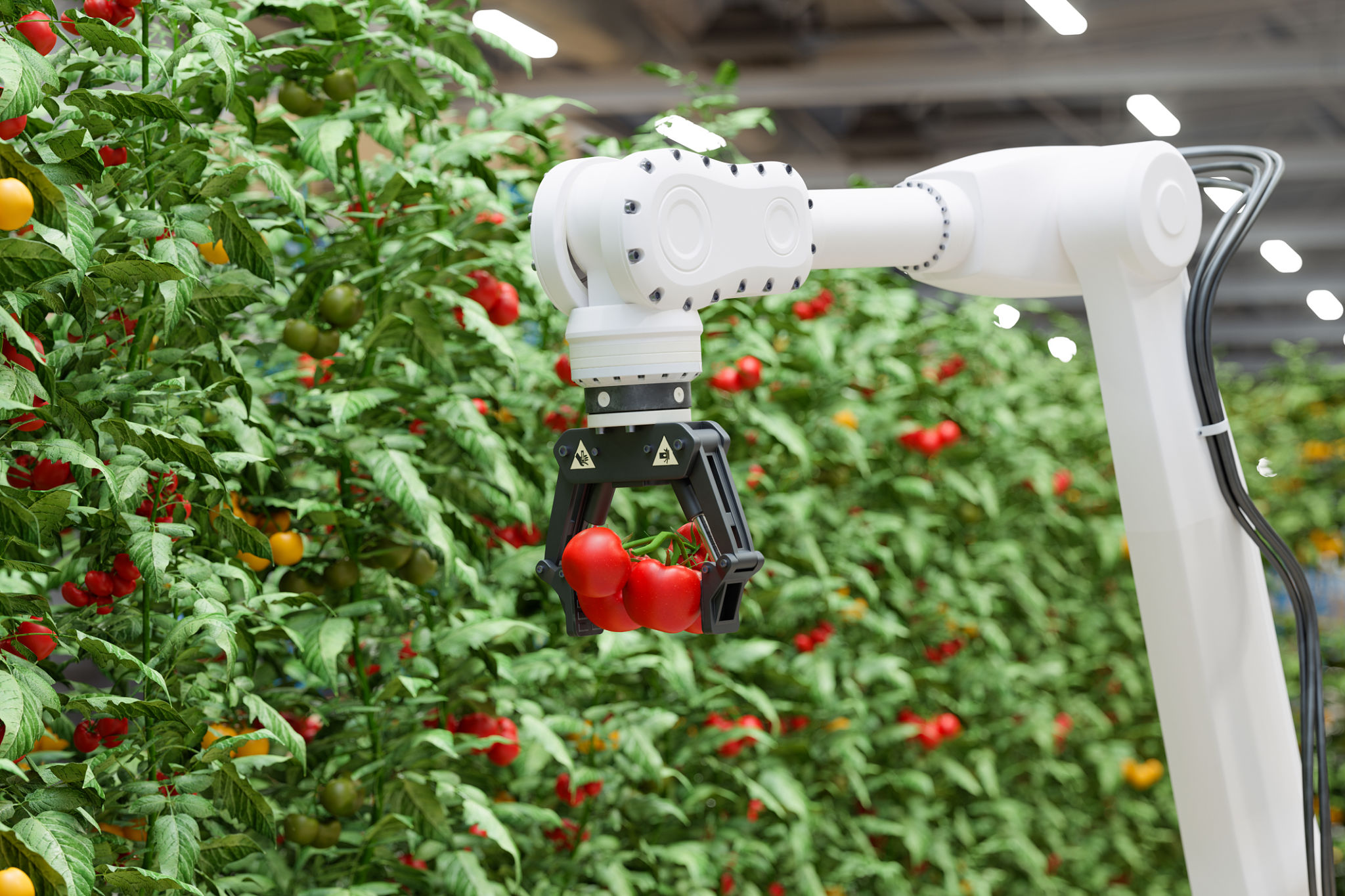Case Study: Successful Implementation of Robotic Safety Solutions in a Texas Factory
Introduction to Robotic Safety Solutions
In recent years, the integration of robotic technology into manufacturing processes has revolutionized industries worldwide. A Texas factory recently demonstrated the power of these innovations by successfully implementing robotic safety solutions that significantly enhanced their operational efficiency and worker safety.
The factory, known for its production of automotive components, faced numerous challenges in maintaining safety standards while optimizing productivity. The introduction of robotic safety solutions not only addressed these challenges but also provided a blueprint for other factories aiming to modernize their operations.

The Challenge
Before the implementation of robotic safety solutions, the factory experienced frequent safety incidents, primarily due to human error and outdated machinery. The management recognized the urgent need to modernize their safety protocols to prevent accidents and ensure compliance with industry regulations.
Worker safety was a priority, but the factory also needed to maintain or improve productivity levels. Balancing these concerns required a strategic approach and innovative technology that could seamlessly integrate with existing processes.
Solution Implementation
The factory partnered with a leading robotics company specializing in industrial safety solutions. This collaboration led to the development and installation of customized robotic systems designed to enhance safety and streamline operations.
- Installation of robotic arms for high-risk tasks
- Integration of AI-powered monitoring systems
- Implementation of automated safety protocols

Benefits Realized
The implementation of robotic safety solutions yielded significant benefits for the Texas factory. Most notably, there was a dramatic reduction in workplace accidents, which improved overall employee morale and trust in the company's commitment to their well-being.
In addition to enhancing safety, the factory reported an increase in production efficiency. The robotic systems allowed for faster processing times, minimized downtime, and reduced the need for manual interventions in hazardous tasks.
Employee Training and Adaptation
One of the critical components of the successful implementation was the comprehensive training program provided to employees. This program ensured that workers were well-versed in operating alongside robotic systems and understood the new safety protocols.
The factory's management emphasized the importance of collaboration between human workers and robotic technology. By fostering a culture of adaptability and continuous learning, employees were more receptive to the changes and actively participated in optimizing the new systems.

Conclusion
The case study of this Texas factory underscores the transformative potential of robotic safety solutions in manufacturing. By addressing both safety and productivity concerns, the factory not only improved its operational performance but also set a precedent for others in the industry.
This successful implementation serves as a testament to how integrating cutting-edge technology with strategic planning can lead to a safer, more efficient future in manufacturing. As more factories embrace similar innovations, the industry can expect continued advancements in safety standards and operational excellence.